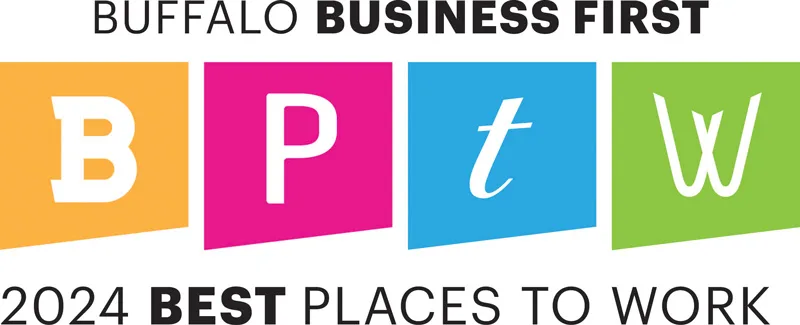See this article by AlignRx chief pharmacy officer Beckie Fenrick as it originally appeared in BenefitsPRO.
With obesity rates in the United States having tripled since the 1980s, the health care system now faces an annual cost of $173 billion due to obesity-related complications, such as heart disease, hypertension, joint pain and certain types of cancer. And employers, or health plan sponsors, shoulder a substantial portion of these expenses, prompting the question: Could drugs in the latest generation of medications approved to promote weight loss be a solution?
These medications, originally approved to treat type two diabetes mellitus, are known as incretin mimetics or GLP-1s. They work by mimicking a naturally occurring hormone (glucagon like peptide) that affects insulin and glucagon levels and also regulates appetite. One medication in this class is a dual acting agent that in addition to mimicking GLP-1 it mimics another gut hormone, glucose-dependent insulinotropic polypeptide (GIP) which also affects insulin and glucagon levels.
In 2021, the American Diabetes Association updated diabetes treatment recommendations to include GLP-1s or SGLT-2 inhibitors (another medication class to treat diabetes) as a first line agent for some individuals. Previously the guidelines recommended GLP-1s or SGLT-2s as second line agents after metformin. Subsequently the 2023 guideline update reinforces that obesity is a disease and weight loss goals should be recommended for some individuals.
These treatment paradigm changes are impacting the utilization of GLP-1s as they have proved their effectiveness in managing diabetes and more recently promoting significant weight loss, but the immediate financial impact on plan sponsors remains a concern. Here’s what plan sponsors need to consider.
The health benefits of treating obesity
Individuals who are overweight or obese are at risk for a number of serious health conditions and losing even a modest amount of weight reduces those risks. Even a 3% weight loss can improve HBA1C, dyslipidemia, and in some cases prevent the onset of diabetes. A 5% weight loss improves hypertension, osteo arthritis, and GERD. A more substantial 10% to 15% sustained weight loss can result in possible remission of type 2 diabetes and may improve cardiovascular outcomes and mortality.
Nontraditional utilization drivers — the impact of social media
In addition to pharma’s typical marketing tools to impact product utilization and market share, social media is making an impact. Celebrities’ testimonials are contributing to increased demand for medications in this class to be used for weight loss. Another component of social media promotion and general consumer advertising are spas and clinics promoting weight loss services including telehealth visits resulting in individuals receiving prescriptions for GLP-1s as part of their offerings.
Continue reading at BenefitsPRO and check out Balancing The Scales: A Comprehensive Guide For Healthcare Payers On The Value & Viability Of New Weight Loss Medications.


